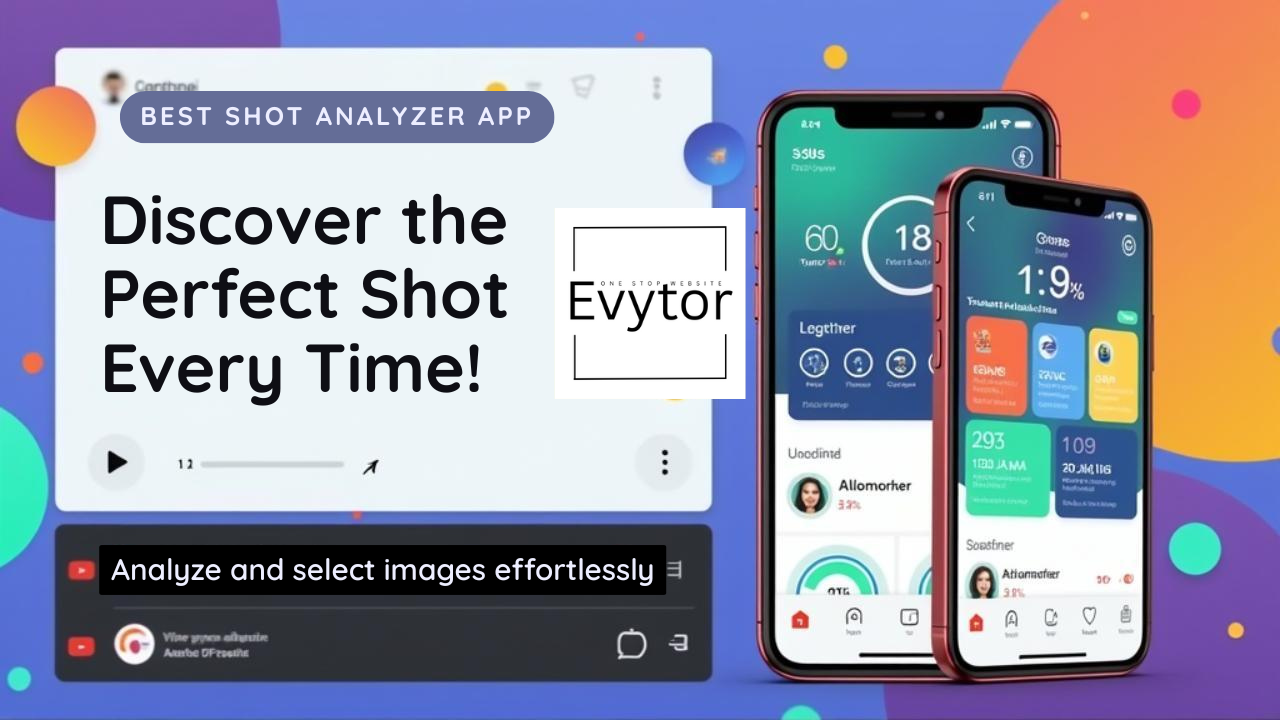Mindfulness Techniques for Stress Reduction
Feeling overwhelmed? Like the demands of work, life, and everything in between are piling up? You're definitely not alone. Stress is a constant companion for many of us in the modern world, whether we're navigating busy city streets, managing a remote workday, or trying to live more sustainably. But what if there was a simple, accessible way to dial down the intensity?
Enter mindfulness. It's not some New Age fad; it's a powerful practice rooted in ancient traditions and backed by modern science. Mindfulness is simply the practice of bringing your attention to the present moment, without judgment. It's about noticing your thoughts, feelings, and sensations as they arise, rather than getting swept away by them. And guess what? It's incredibly effective at reducing stress.
In this post, we'll explore practical mindfulness techniques you can start using *today* to find calm, improve focus, and boost your overall well-being. Ready to take a breath?
What is Stress and Why Does Mindfulness Help?
Stress is your body's reaction to a challenge or demand. In small doses, it can be motivating. But chronic stress? That's a different story. It can wreak havoc on your physical and mental health, leading to issues like anxiety, sleep problems, and even physical ailments.
Mindfulness helps by interrupting the automatic stress response. When you're stressed, your mind often races, rehashing the past or worrying about the future. Mindfulness brings you back to the 'now'. By practicing presence, you create space between yourself and your reactions. You learn to observe stressful thoughts without getting trapped in them. It's like watching clouds drift by instead of being caught in a storm. ⛈️➡️🧘♀️
Simple Mindfulness Techniques to Practice Anywhere
You don't need special equipment or hours of free time to practice mindfulness. Many techniques can be woven into your daily routine.
1. Mindful Breathing (The Foundation)
This is often the first step for beginners, and for good reason. Your breath is always with you, making it a perfect anchor to the present moment.
- Find a comfortable seat or lie down.
- Gently close your eyes or soften your gaze.
- Bring your attention to your breath. Notice the sensation of the air entering and leaving your nostrils or the rise and fall of your belly or chest.
- Don't try to change your breath, just observe it. Is it shallow? Deep? Fast? Slow?
- When your mind wanders (which it *will*!), gently guide your attention back to your breath, without judgment. It's called a *practice* for a reason!
- Start with just 1-2 minutes and gradually increase the time.
2. The Body Scan
This technique helps you become more aware of physical sensations throughout your body, often revealing hidden tension.
- Lie down comfortably on your back.
- Close your eyes.
- Bring awareness to your feet. Notice any sensations there – warmth, coolness, tingling, pressure. Just notice, no need to change anything.
- Slowly move your attention up through your body: ankles, lower legs, knees, thighs, hips, abdomen, lower back, upper back, chest, shoulders, arms, hands, neck, face, top of the head.
- Pause at each area, simply observing whatever is present. If you find tension, you can gently breathe into it, but the goal is observation, not forcing relaxation.
- Allow your breath to flow naturally throughout the scan.
3. Mindful Eating
Yep, even eating can be a mindfulness practice! This helps you savor food and become more aware of hunger and fullness cues.
When you eat, try this:
- Observe: Look at your food. Notice its colors, textures, shapes. 🍎🥦
- Smell: Bring the food to your nose. Inhale its aroma.
- Taste: Take a small bite. Chew slowly. Notice the flavors and textures. How do they change as you chew?
- Listen: Can you hear yourself chewing?
- Feel: Notice the sensations in your mouth, throat, and stomach.
- Put your utensil down between bites.
This simple practice turns a routine activity into an opportunity for presence.
4. Walking Meditation
Mindfulness isn't just for sitting still. You can practice it while moving!
Find a quiet place to walk, even a short path.
- Begin walking at your normal pace.
- Bring your attention to the physical sensations of walking: the lifting of your foot, the swing of your legs, the contact of your foot with the ground, the shifting weight of your body.
- Notice the rhythm of your steps and your breath.
- Your mind will wander – acknowledge thoughts without judgment and gently return your focus to the physical sensations of walking. 🚶♀️🌳
Pro-Tips: Going Further with Mindfulness
Using Technology Mindfully
In our tech-driven world, AI and apps can actually support your mindfulness journey. Many apps offer guided meditations, body scans, and mindful movement exercises (like guided walking meditations). Some even use AI to personalize content or track progress. Just be mindful of screen time and notifications themselves!
Integrating Mindfulness into Daily Life
The real power of mindfulness comes from weaving it into everyday moments, not just dedicated practice time.
- Mindfully wash the dishes, paying attention to the water's temperature and the soap's texture. 🧼
- Mindfully listen to someone speak, focusing entirely on their words and non-verbal cues.👂
- Mindfully commute, noticing sights, sounds, and smells without getting lost in thought. 🚌
- Take mindful pauses during your remote workday to stretch and reconnect with your breath.🧘♂️💻
- Even simple acts like mindfully noticing the rain or the sun on your skin can be mini-meditations.☀️🌧️
Consistency is key. Even just a few minutes of mindful breathing or a mindful moment each day can make a significant difference in how you handle stress.
Embracing the Present
Reducing stress isn't about eliminating challenges; it's about building resilience and changing your relationship with stress. Mindfulness equips you with the tools to stay grounded, even when life gets hectic. It's a skill that takes practice, but the rewards – reduced anxiety, improved focus, greater emotional regulation, and a deeper appreciation for life's simple moments – are truly invaluable.
Which mindfulness technique are you most excited to try first? Share your thoughts in the comments below!




